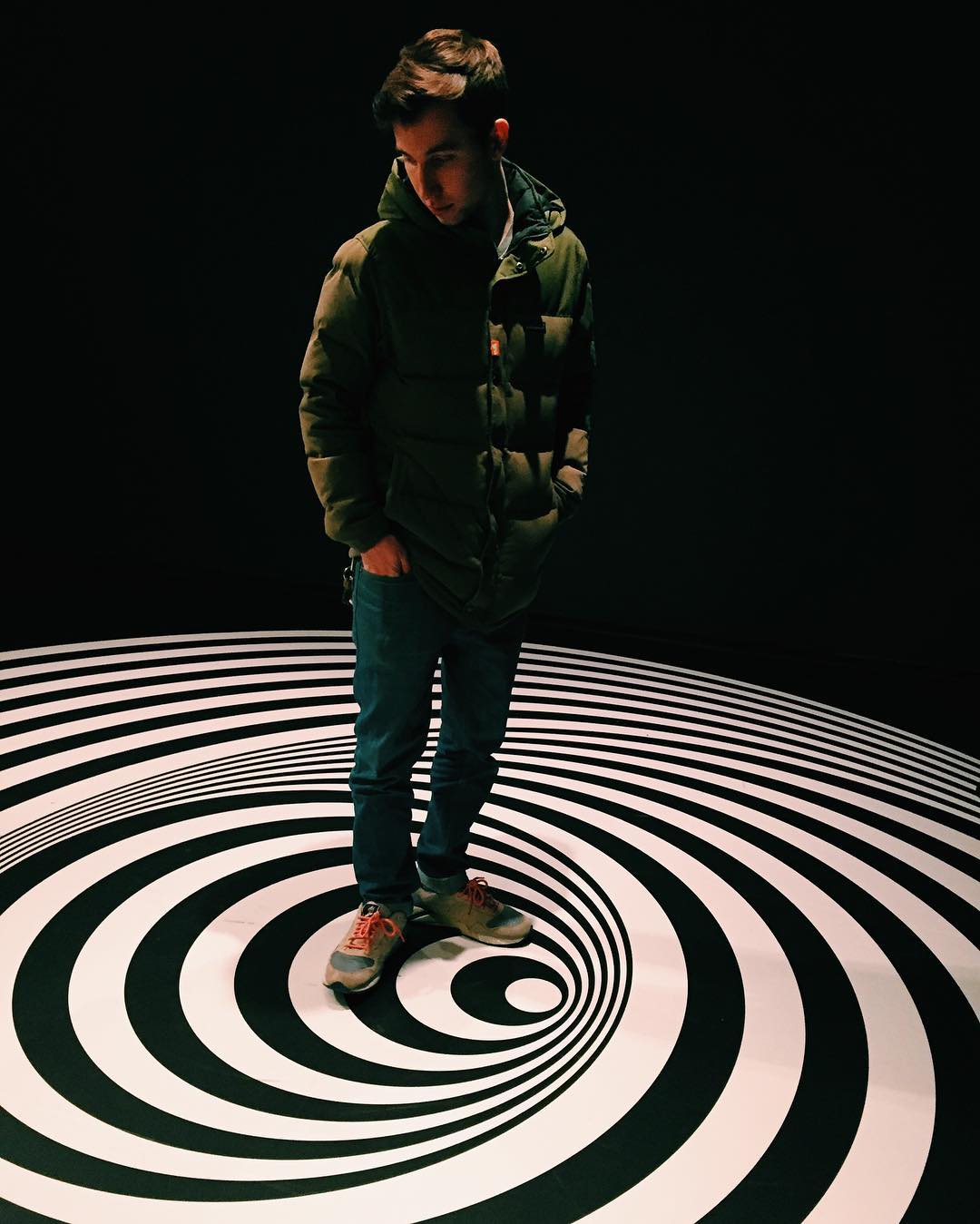Wanna hear something crazy? In 2016 Pew Research surveyed 1,520 people from all fifty states. Of those surveyed, 27% did not remember reading a single book in the last year.
That is absolutely nuts. And not in a good way.
Todd Brison wrote a sweet little article that talks about this phenomenon of how people tend to stop reading after high school and therefor stop actively learning. Do people really think they've hit the plateau of knowledge at 18?
(I recognize the irony in writing this article, if you're here, you're probably not in the 50% of people who aren't reading)
I really want to explore how valuable reading is within the world of design and how the great designers we know today have leveraged learning to expand their genius. I'm gonna try to track down some quotes, links to great books, and just interesting shit in general on the topic of books.
I tracked down an awesome website that I didn't know existed until today: Designers & Books. Designed in 2011 by Pentagram (they're a pretty known agency right?) the site serves to explore the "particularly special and robust relationship between designers and books: reading them, writing them, designing them, collecting them, learning from them, and being inspired by them."
An old article by the New Yorker sums up the approach well:
The reasons the designers give for selecting a book are often illuminating: you may have heard "The Great Gatsby" recommended a thousand times, but it takes Michael Bierut to praise it for being the only book in which "a billboard gets to be a main character."
I highly recommend browsing through the list of designers and checking everything out. The site is getting a little dated (I'm not sure if it's been updated in some time) but the wisdom is not. Below are some especially insightful thoughts from some of the people I look up to most.
The Graphic Artist and His Design Problems
By Josef Müller-Brockmann
Swiss typography at its best.
Neither Massimo Vignelli nor Josef Müller-Brockmann need any introduction. It's only fitting that one genius informs the other.
Art & Fear
By David Bayles and Ted Orland
This book is 122 pages of valuable advice. It’s like a microscope that lets you examine in great detail the complex challenges that confront artists and by exposing them offers possible solutions. It is one of the most annotated books that I own and taught me lessons that I can use every day.
Ken Carbone is a designer, artist, musician, author, and teacher. As Founding Partner of the Carbone Smolan Agency, he is among America’s most respected graphic designers, whose work is renowned for its balance of substance and style. This is his strategy for reading that I think is brilliant:
Print is not dead in my life. I’m a certified book junkie. I have shelves of books still in their shrink-wrap and I need to attend the bibliophile’s equivalent of AA.
When I begin a new book I commonly make a reduced color copy of the cover to use as a bookmark. When I finish a book, I glue this into my journal and add notes, comments, and memorable passages as a way of reflecting on what I enjoyed about the book. (For two examples, see the journal entries for The World Without Us and Art & Fear in the related blog post.) I’ve been doing this for years and will occasionally look at a past journal entry, and read my notes. It’s like reading the book all over again.
The Fountainhead
By Ayn Rand
A bit obvious, and more than a little embarrassing, this book nonetheless truly made me reevaluate what it means to be a designer, at a crucial time in my life (late college). It is NOT to be taken as gospel, but more as a cautionary tale of megalomania. Plus, as a soap opera it’s pretty hard to beat.
Chip Kidd is an American graphic designer, best known for his book covers. Based in New York city, Kidd has become one of the most famous book cover designers to date. But you should know that.
Mythologies
By Roland Barthes
A book that opened hundreds of doors to reading design, art, music, and film with the eye of an anthropologist and an art critic. Barthes infused everything else I wrote and thought about afterward.
Abbott Miller is an American graphic designer and writer, and a partner at Pentagram, which he joined in 1999. Miller’s projects are often concerned with the cultural role of design and the public life of the written word. At Pentagram he leads a team designing identities, exhibitions, environmental graphics, books, magazines, and web and interactive projects. He is the designer and editor of 2wice magazine.
There are hundreds of books listed on Designers & Books from some of the most brilliant and renowned minds we have in the design industry. I highly recommend checking them out and soaking up all the inspiration you possibly can. It's not a coincidence that these thinkers and visionaries are always reading and learning.
Without reading we are unable to continue learning and without learning we are unable to grow.
Don't be one of the 27%. That's lame as fuck





















































